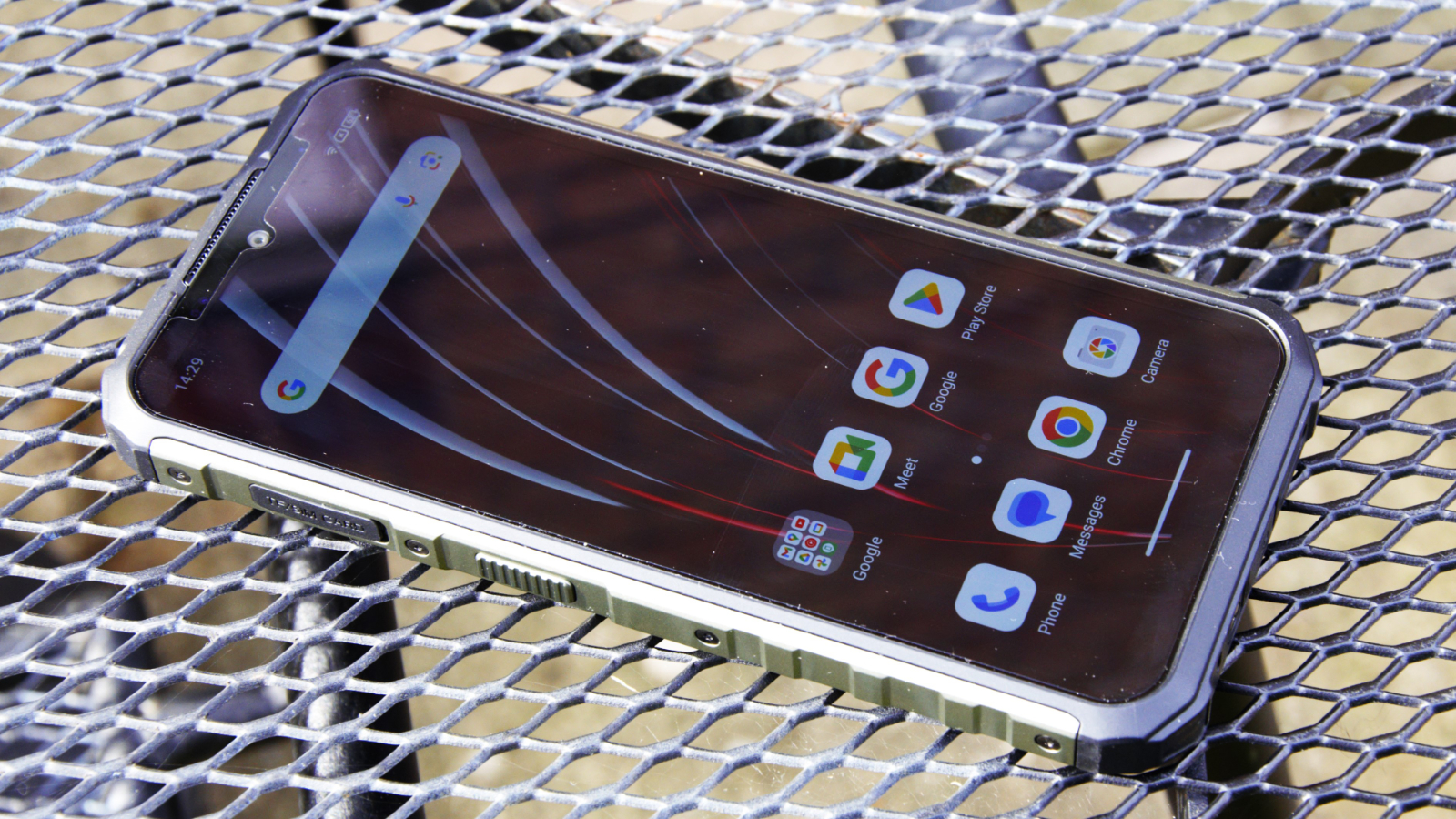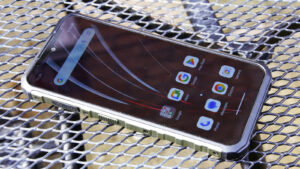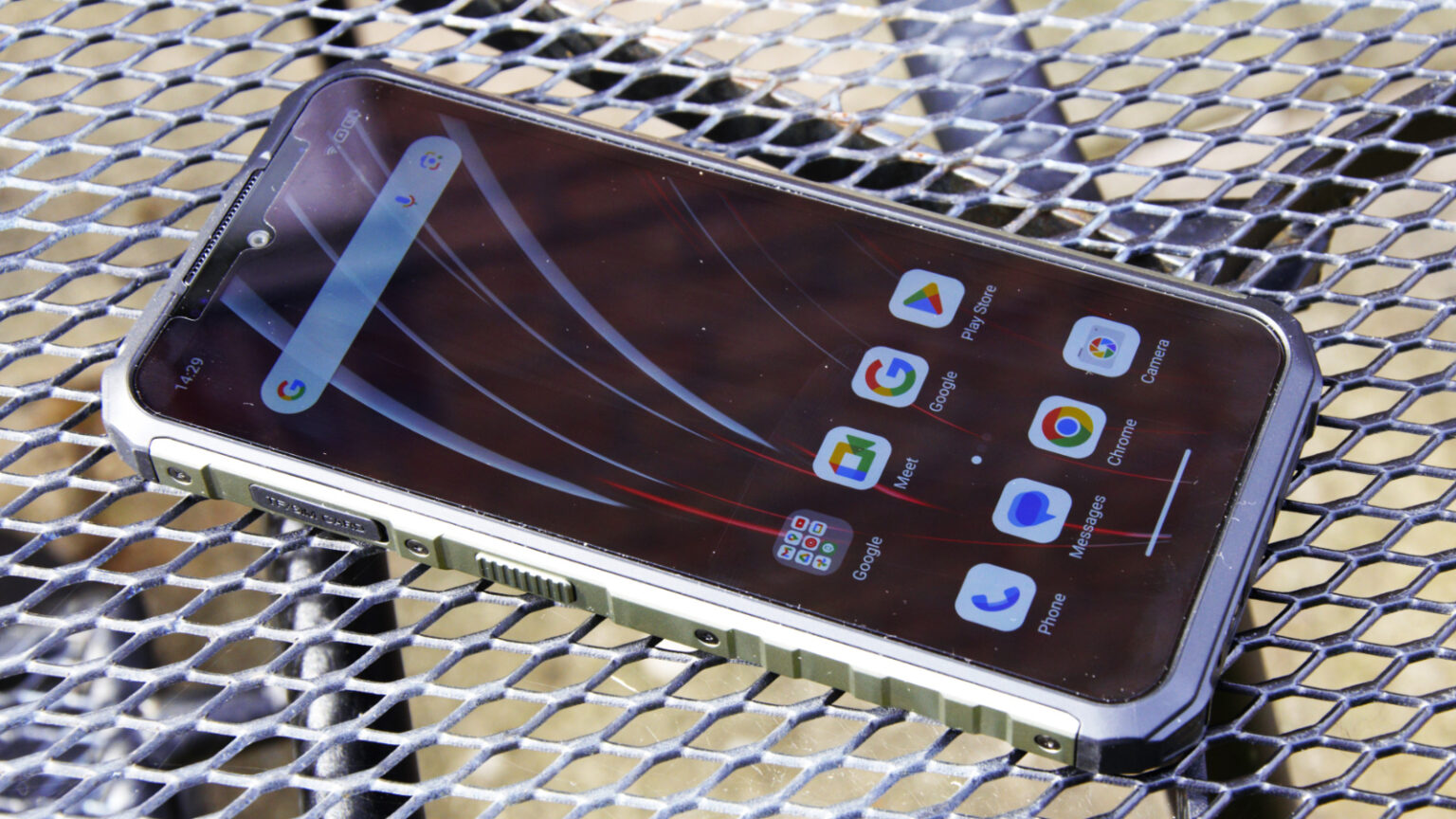
TOP FEATURES TO LOOK FOR IN SMARTPHONE HOUISNGS
When it comes to selecting the perfect smartphone housing, especially for underwater photography, understanding the top features is crucial. After all, the right housing can turn your mobile device into an incredible underwater camera, capturing stunning views and vibrant marine life that you might not otherwise be able to document. Here’s what I typically recommend considering:
- Water Resistance Level: Look for housings with a high ingress protection (IP) rating. Ideally, you want a housing rated at least IP68, which signifies a durable design capable of withstanding depths beyond 1 meter for extended periods. Some models can even handle depths up to 60 meters! That’s serious functionality for avid divers.
- Material Quality: The material of the housing affects its durability and weight. Hard plastics and aluminum alloys are common choices. Aluminum mechanisms tend to be sturdier and carry less risk of damage from falls, while plastics often provide a lighter and more affordable option, though they might not be as rugged.
- Lens Compatibility: If you’re serious about underwater photography, look for housings that allow for additional lens attachments. Wide-angle and macro lenses can expand your creative options, allowing you to capture everything from tiny fish to vast coral reefs.
- Ease of Use: Intuitive controls are an absolute must. You’d want to ensure buttons are easily accessible, and that the touchscreen capabilities of your phone can still be used efficiently while it’s encased. The last thing you want is to be fumbling with your housing when a magnificent sea turtle swims by!
- Temperature Tolerance: Depending on where you dive, temperature can impact performance. Some housings resist cold water conditions, which could extend their life and keep your smartphone working at its optimum level.
Let’s also not overlook the aesthetic elements; while these might not seem as important as performance specifics, we all know how much a sleek design can add to the overall experience. An appealing housing can boost your confidence while shooting and make your gear look as good as your shots!
Incorporating all these features means not only protecting your device but also enhancing your photographic possibilities. The best experience comes from a combination of durability, usability, and creative flexibility. In the end, you want to find a model that feels right in your hands and sues your specific shooting style for magical underwater storytelling.
BEST SMARTPHONE HOUSINGS FOR UNDERWATER PHOTOGRAPHY
Diving into underwater photography has never been more accessible with the advent of high-quality smartphone housings. Whether you’re capturing the subtle beauty of sea life or the enchanting colors of coral reefs, the right housing can make all the difference. Here, I’ll dive deeper into some of the best options available that cater specifically to underwater photography enthusiasts.
1. AQUATECH DELTA WATER HOUSING
The Aquatech Delta Water Housing is a favorite among both professional and amateur underwater photographers. With its lightweight yet sturdy design, it allows for easy maneuverability while ensuring safety at depths of up to 10 meters. Integrated external controls enable you to adjust settings without removing your phone from the housing, giving you freedom to adapt to fleeting moments with ease.
2. SPL WATER HOUSING
If you’re looking for versatility, the SPL Water Housing offers customizable options that can adapt to various phone models. It has a remarkable design that’s built to withstand tough conditions while keeping your device dry to a depth of 40 meters. This housing also features a double O-ring seal, maximizing leak prevention and ensuring your phone is protected. An extra bonus? The ability to attach additional lenses expands your photographic range significantly.
3. OLYMPUS TG-6 WITH UNDERWATER HOUSING
For those who aren’t just planning to house a smartphone, the Olympus TG-6 camera combined with the Underwater Housing PT-059 offers an all-inclusive solution. This is a robust combination specifically engineered for underwater photography, with incredible image quality in a compact design. With an impressive depth rating of 45 meters and compatibility with various underwater filters, it’s a solid choice for serious underwater photographers.
4. MANFROTTO AURORA SMARTPHONE POUCH
While not a traditional hard housing, the Manfrotto Aurora offers a flexible solution for those wanting to protect their smartphones while taking quick shots. Ideal for light snorkeling or shallow waters, this buoyant neoprene pouch provides essential support. It maintains usability, allowing touch screen access, but check your water conditions first as it’s not intended for deep dives!
5. iGLASS WATERPROOF CASE
The iGlass Waterproof Case is another robust offering that can accommodate multiple smartphone models. It boasts an incredible depth rating of 40 meters. This housing’s built-in floatation device ensures your phone won’t sink if it goes overboard. Additionally, the crystal-clear case allows for picturesque shots without sacrificing quality, making it ideal for those iconic underwater selfies or spontaneous marine encounters.
| Housing Model | Depth Rating | Compatibility | Price Range |
|---|---|---|---|
| Aquatech Delta | 10 meters | Various smartphones | $300 – $500 |
| SPL Water Housing | 40 meters | Customizable | $350 – $600 |
| Olympus TG-6 | 45 meters | Olympus TG-6 | $500 – $800 |
| Manfrotto Aurora | Shallow waters (not specified) | Various smartphones | $80 – $150 |
| iGlass Waterproof Case | 40 meters | Multiple smartphones | $100 – $200 |
Choosing the right housing depends on your specific needs and budget. As I look back on my underwater photography journey, I appreciate how critical it is to find equipment that not only protects your phone but enhances your ability to capture those breathtaking marine moments. Each of the mentioned options provides something unique, and understanding your shooting style will help you find the perfect match!
COMPARISON OF POPULAR MODELS
When diving into the fascinating world of underwater photography with your smartphone, the choices can be overwhelming. With each model offering a unique set of features and capabilities, how do you decide which is the best fit for your adventures? Let’s break down some of the most popular smartphone housing models on the market today, looking at their specs, advantages, and what they might be lacking. This will help you navigate the waters to find the perfect companion for your next snorkeling or diving expedition.
AQUATECH DELTA WATER HOUSING
The Aquatech Delta Water Housing stands out with its lightweight polycarbonate design that is both robust and easy to handle. With a range of customizable options, this housing makes it incredibly easy to access all camera controls without needing to remove your smartphone. Rated for depths of up to 10 meters, it’s perfectly suited for those shallow dives or beach day snaps.
- Pros: Lightweight, intuitive controls, great build quality.
- Cons: Limited depth; may not be suitable for deep divers.
SPL WATER HOUSING
The SPL Water Housing is a versatile powerhouse for those who like to switch up their gear. With a stellar depth rating of 40 meters, it provides excellent protection while also allowing for lens attachments, enabling you to explore creative photographic angles. The double O-ring seal prevents leaks, making it robust against any cascading waves.
- Pros: High depth tolerance, customizable for different phones, can attach additional lenses.
- Cons: Slightly heavier, higher price point.
OLYMPUS TG-6 WITH UNDERWATER HOUSING
The Olympus TG-6 is not just an ordinary smartphone housing; it’s part of a compact camera system designed for serious underwater photographers. Paired with the Underwater Housing PT-059, it provides impressive image quality and a depth rating of up to 45 meters. This combo is a true workhorse, perfect for capturing sharp details, even in murky waters.
- Pros: Exceptional image quality, advanced shooting modes, built for underwater conditions.
- Cons: More expensive, less portable than a typical smartphone setup.
MANFROTTO AURORA SMARTPHONE POUCH
For those looking for something budget-friendly yet effective, the Manfrotto Aurora offers a soft, flexible option. Ideal for close-to-surface adventures, this neoprene pouch offers seamless access to your phone’s touchscreen, making it easy to snap quick photos as you explore rocky shorelines or gentle waves. However, make sure to keep depths in check; it’s not designed for serious diving.
- Pros: Affordable, lightweight, and portable.
- Cons: Limited water protection; not suitable for deep dives.
iGLASS WATERPROOF CASE
The iGlass Waterproof Case is another intriguing option that combines functionality with design. It supports various smartphone models and offers impressive depth protection of up to 40 meters. A built-in floatation feature ensures your device will not sink, so you can enjoy peace of mind while swimming with your phone in tow.
- Pros: Floatation feature, good depth rating, crystal-clear for underwater shots.
- Cons: Some users report touchscreen sensitivity can be affected.
| Housing Model | Depth Rating | Compatibility | Price Range |
|---|---|---|---|
| Aquatech Delta | 10 meters | Various smartphones | $300 – $500 |
| SPL Water Housing | 40 meters | Customizable | $350 – $600 |
| Olympus TG-6 | 45 meters | Olympus TG-6 | $500 – $800 |
| Manfrotto Aurora | Shallow waters (not specified) | Various smartphones | $80 – $150 |
| iGlass Waterproof Case | 40 meters | Multiple smartphones | $100 – $200 |
Each of these options has distinct advantages, and what works best for you will depend largely on your typical water conditions and personal shooting style. With so many choices available, enhancing your underwater photography journey is just a housing away!
TIPS FOR USING SMARTPHONE HOUSINGS EFFECTIVELY
Once you’ve selected your smartphone housing, it’s time to gear up for some underwater adventures! However, using a smartphone housing effectively requires a bit of practice and know-how. Here are some pragmatic tips that can really help you make the most of your underwater photography sessions.
1. PRACTICE BEFORE THE DIVE
First things first—practice makes perfect! Get accustomed to your smartphone housing in shallow water before taking it into deeper dives. Familiarize yourself with the controls, how to attach it snugly, and ensure that your phone is securely seated within. This will save you a lot of panic when you’re thousands of leagues under the sea.
2. CHECK O-RINGS REGULARLY
O-rings are your first line of defense against water damage. Always check them for signs of wear or debris before each dive. Not only should you clean the O-rings, but you should also apply a thin layer of silicone grease to create a better seal. It’s a small step that can prevent a monumental mishap later. Remember, once water infiltrates your housing, there’s no turning back!
3. UNDERSTAND LIGHTING CONDITIONS
Lighting plays a huge role in underwater photography. As you descend, light diminishes rapidly, which can impact the quality of your photos. The deeper you go, the bluer the light becomes. Bring along underwater filters or consider using your phone’s settings to adjust the color balance to better capture the vibrant hues of marine life. Shooting up towards the surface during mid-day when sunlight is brightest can yield stunning results.
4. HOLD STEADY
Stability is key when capturing images underwater. The water can act like a lens, distorting your view if you’re not careful. Consider using a small tripod, or better yet, a pistol grip stabilizer, to keep your shots steady. Keep your body as still as possible and anticipate the movements of your subjects. Quick fish may dart away, so practice patience, and don’t rush your shots!
5. EXPLORE AND BE CREATIVE
Finally, be adventurous! Don’t just stick to the standard shots. Experiment with angles, try different focal points, and consider shooting upwards or downwards. The ocean is a treasure trove of imagery waiting to be captured, from tiny shrimps peeking out from crevices to schools of fish. Remember, the best images often come from surprising perspectives. Aim to tell a story with your photos, capturing the essence of your underwater experiences.
Here’s a quick checklist to keep in mind:
- Practice using your housing in shallow waters
- Inspect and lubricate O-rings before each use
- Adjust for lighting conditions with filters and settings
- Use stabilizers for steady shots
- Experiment with angles and compositions
Embrace the adventure, and take your smartphone underwater photography to a whole new level! With these tips, you can prioritize safety while maximizing creativity, ensuring that you capture memory-rich scenes that you’ll want to share with the world.

